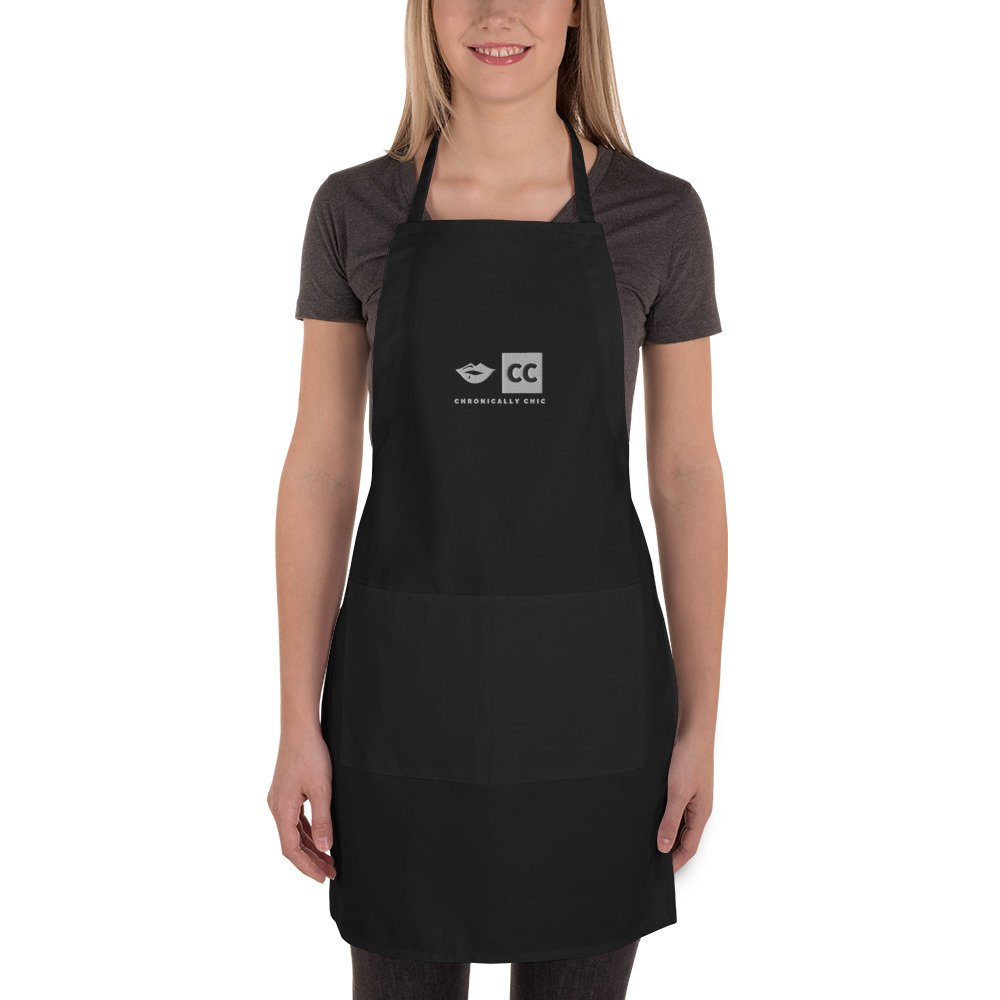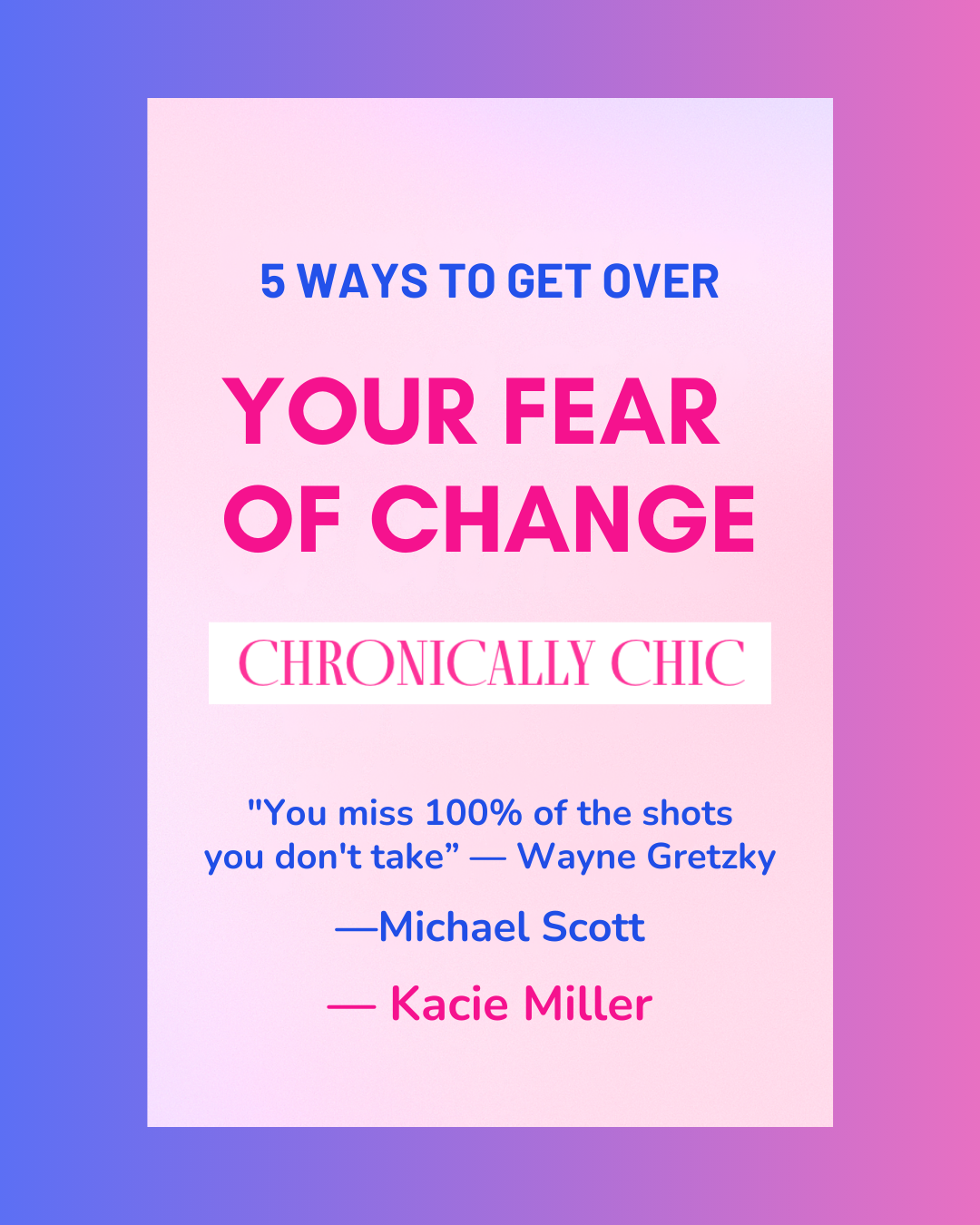How to Repair Your Skin Barrier (Without Having a Mental Breakdown in the Process)
Hi friends!
Your face isn’t just dry, it’s throwing a tantrum. Red, flaky, tight, and suddenly reacting to everything? Classic signs your skin barrier is fried. No, it’s not just stress. And no, you’re not being dramatic. This is a real thing, and if your go-to fix has been slathering on random serums or spiraling on TikTok, pause. We need to talk. I’m breaking down what the skin barrier does, how it gets wrecked faster than your last texting situation, and exactly how to fix it, without spending a thousand dollars or losing your mind.
Wait... What Is the Skin Barrier?
Think of it as the bouncer at a club. It’s the guardian that decides what gets in and what stays out, making sure the party (a.k.a. your glow) keeps going strong. Technically, this superhero of a barrier is the outermost layer of your skin, the stratum corneum. It’s a mix of skin cells and essential fats like ceramides, cholesterol, and fatty acids. Picture it like bricks and mortar, working tirelessly to protect you.
When your skin barrier is in good shape, oh boy, you look like a glazed donut, radiant and hydrated! But when it’s damaged or struggling? Well, let's just say you might feel more like toast, dry and a little burnt around the edges.
So, what’s the deal with your skin barrier? Here’s what it’s supposed to do:
- Keep water in
- Keep all the bad stuff out, like pollution, bacteria, allergens, etc.
- Maintain that slightly acidic pH, which is crucial for overall skin health.
- Help regulate inflammation so you’re not dealing with irritation.
- Allow your other skincare products to do their magic instead of just sitting there, ineffective.
When your barrier takes a hit, your skin can’t hold onto moisture, leading to itchiness, sensitivity, flakiness, and breakouts. You might feel like nothing is working for you, and trust me, I’ve been there. I once shed tears over a toner! Not my proudest moment, but it just goes to show how much our skin can impact our mood.
So, What Destroys It?
Honestly? Almost everything.
1. Too Many Actives at Once
If you’re layering retinol, an AHA, a BHA, and vitamin C every night like it’s a personality trait, we need to talk. Over-exfoliating is the most common way people accidentally burn their skin barrier to the ground. Even “gentle” stuff can add up, especially if you’re not giving your skin a break.
2. Harsh Cleansers
Some foaming cleansers are secretly just dish soap in disguise. If your face feels tight after washing, your barrier is waving a white flag. Cleansers that are too alkaline (aka high pH) mess with the skin’s natural acidity and can irritate before you even get to your serums.
3. Hot Water (aka Facial Scalding)
I know hot showers feel like therapy, but if you're washing your face with steaming water, you’re melting your skin barrier off. Lukewarm is the move.
4. Pollution and UV Damage
The environment is rude. Sun exposure, smoke, and city air attack your skin’s protective layer.
5. Stress + Hormones + Aging
Yes, stress wrecks your skin. So does not sleeping. So does turning 30. Yay. Cortisol (your stress hormone) weakens the barrier, and as you age, your skin doesn’t produce as much of the good fats that keep it strong. Hormonal shifts (PMS, pregnancy, postpartum, menopause) also mess with your lipid levels.
Signs Your Skin Barrier Is Crying for Help
If you’re noticing any of these, you probably need to hit the reset button:
Your skin stings when you apply products (even “gentle” ones)
You’re dry but also somehow breaking out?
Flaking, peeling, redness, or tightness
Nothing is absorbing properly
You feel like your skin is suddenly sensitive to everything
This is your skin whispering, “Stop putting stuff on me before I call the authorities.”
Sound familiar? Drop a comment with your skin struggles or tips!
P.S. This post contains affiliate links, which means I may earn a commission (at no extra cost to you) if you purchase through them. I only recommend what I use, love & would text you at 2 a.m.
How to Fix It (Without Losing Your Sanity)
Okay, let’s fix the mess. I got you. This isn’t about slapping on more expensive stuff. It’s about backing away from the skincare altar and chilling for a minute.
✋ 1. STOP Using All the Actives
Seriously. Put the glycolic acid down. Hide the retinol. Give the vitamin C a timeout. This is your skincare detox era. Strip your routine to the basics: Cleanser, moisturizer, and maybe a hydrating serum. That’s it. You’re not being lazy, you’re being strategic.
Let your skin do what it does best: heal itself. Trust the process.
🧼 2. Use a Gentle, pH-balanced Cleanser
Go for something boring in the best way. Look for cleansers that say “non-foaming,” “hydrating,” or “for sensitive skin.” You want a pH around 5 (your skin’s natural pH) and ingredients like glycerin, ceramides, or panthenol.
Do NOT use anything that says “deep clean” or makes your face feel squeaky. That squeaky feeling? That’s your barrier, sobbing.
💧 3. Layer on Hydration — But Wisely
Stick with humectants that draw moisture into the skin like hyaluronic acid (low molecular weight only), glycerin, or aloe. Follow with a moisturizer that seals it in, ideally, one with ceramides, cholesterol, and fatty acids to mimic your natural barrier.
If you need a product rec list, I’ll drop one at the end. But truly, your drugstore faves can work just as well as the fancy stuff.
4.Moisturize Like It’s Your Job
Twice a day. Minimum. Look for rich creams if you’re dry, or lightweight lotions if you’re oily — but don’t skip it. Moisturizers with ceramides, shea butter, and urea (yes, urea!) are amazing for restoring the barrier.
Bonus tip: Moisturize damp skin. Like, 10 seconds after washing. It locks hydration in a way better.
5. Quit the Overwashing
Cleanse once a day at night unless you’re visibly sweaty or wearing makeup. In the morning? Splash with water or use micellar water if needed. Your skin doesn’t need a harsh wake-up call at 7 AM.
6. Protect Your Face Like It’s Your Reputation
Mineral sunscreens (zinc oxide-based) are gentler and better for sensitive, barrier-compromised skin. Throw on a hat and sunglasses, too. Sun protection is the long game.
If SPF burns or stings right now, skip it until your skin calms down. A damaged barrier can be extra reactive.
🧘♀️ 7. Be Patient — No, Really
Your skin didn’t get damaged overnight, and it’s not going to be magically healed by tomorrow morning. Give it 2–4 weeks of gentle care. No peeling, no picking, no impulsive Sephora purchases.
If you're not seeing any improvement after that, it might be time to check in with a dermatologist. But most of the time, your skin just needs a little time-out and TLC.
Some Real-Life Product MVPs for Skin Barrier Repair:
Cleansers: Vanicream Gentle Facial Cleanser, CeraVe Hydrating Cleanser, La Roche-Posay Cleansers
Hydrating Serums: La Roche-Posay Hyalu B5, The Ordinary Marine Hyaluronics, Avene Hydrance
Moisturizers: Avene Cicalfate+, La Roche-Posay Cicaplast Baume, Bioderma Atoderm
(Pro tip: Always patch-test new stuff. Even “gentle” products can be drama queens.)
FAQ’s
What is the fastest way to repair a damaged skin barrier? The fastest way is to stop using active ingredients like retinol, AHAs, or vitamin C and switch to a minimal routine with a gentle cleanser and a barrier-repairing moisturizer. Think fragrance-free, pH-balanced, and loaded with things like ceramides and glycerin. The less you do, the faster it heals. Don’t overthink it. Just baby your skin.
How long does it take to fix your skin barrier?
For most people, it takes around 2 to 4 weeks to see serious improvement, but it depends on how fried your barrier is. If you’ve been going wild with acids, you might need a little longer. Be consistent, stay gentle, and do not panic-Google and buy 12 new products. Trust me.
Can you repair your skin barrier without stopping actives?
Short answer: not really. If your skin is stinging, flaking, or feels like it’s mad at you, you have to pause the actives. They’re just adding fuel to the fire. Once you’re back to glazed donut status, you can slowly reintroduce them—but not before.
What ingredients help rebuild the skin barrier naturally?
Look for ceramides, cholesterol, fatty acids, panthenol, squalane, glycerin, urea, and niacinamide (if your skin can handle it). These all mimic or support what your skin already makes. Bonus points if you’re eating skin-loving foods with healthy fats and prioritizing sleep.
Why is my skin barrier damaged even though I have a “good” routine?
Because even “clean” or “natural” skincare can mess up your barrier. Too much exfoliating, cleansing too often, or just being in a dry environment can throw everything off. It doesn’t mean you’re doing everything wrong—it just means your skin needs less right now, not more.
Is slugging good for a damaged skin barrier?
Yes, but only if your skin likes occlusives. Slugging (aka slathering on an occlusive layer like petrolatum) can help lock in moisture, but if you’re acne-prone or sensitive, go slow. Try a patch test or slug just your cheeks or chin first. Don’t turn into a glazed ham unless your skin says it’s cool.
Can your skin barrier heal on its own without products?
Honestly, yes, if you stop assaulting it. Skin is smart. If you stop stripping it with hot water and harsh cleansers and give it hydration, it will bounce back. Think caveman skincare: gentle cleansing, minimal moisturizing, and patience.
Can diet affect your skin barrier?
Absolutely. Low-fat diets or cutting out cholesterol can mess with your skin’s lipid production. Your body needs healthy fats (like ghee, butter, or avocado oil) and fat-soluble vitamins to build that protective layer. Your skincare starts in the kitchen. Literally.
How do I know if my skin barrier is damaged or if I’m just breaking out?
If your skin suddenly feels tight, itchy, stinging, red, or like it's reacting to everything, even your tried-and-true products, it’s probably your barrier. Breakouts that come with dryness or flakiness are often barrier-related, not hormonal or bacterial. Your skin's crying, not purging.
Is it okay to wear makeup while healing your skin barrier?
If you have to, keep it minimal. Go for hydrating or mineral-based formulas and skip the full glam for a bit. Your skin needs to breathe, and heavy makeup can slow the healing process, especially if you’re scrubbing it off aggressively every night.
Why is nothing absorbing into my skin anymore?
Because your barrier is compromised and acting like a wall instead of a sponge. If your serums and moisturizers just sit there and your skin feels like wax paper, that’s your barrier saying, “No thanks.” It’ll absorb better once the outer layer gets its act together.
Final Thoughts
A damaged skin barrier isn’t the end of the world. It just means your skin’s been doing too much for too long and now it wants a nap, a snack, and a little emotional support. Relatable.
This whole “barrier repair” thing isn’t about being perfect or buying 17 new products. It’s about learning to listen to your skin instead of trying to bully it into looking flawless. A happy skin barrier is quiet and glowy. Like that friend who drinks water, minds her business, and always looks airbrushed.
Give your skin some grace. Go back to basics. Heal first, then get back to your glow-up.
Want more beauty breakdowns, skin secrets, and no-BS wellness content? Sign up for my newsletter so you never miss a thing!
If this post helped you, share it with your flaky-faced friends or save it for your next skin crisis.
Love you, mean it.

























